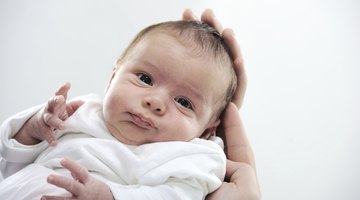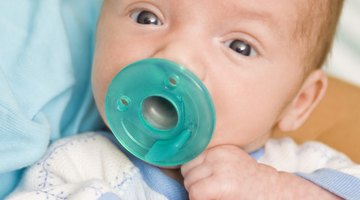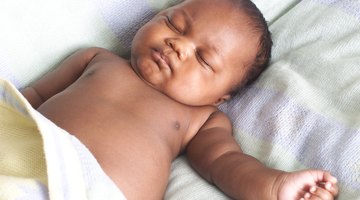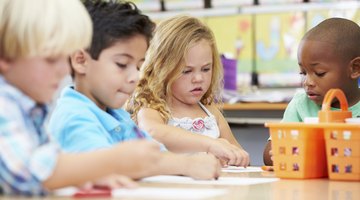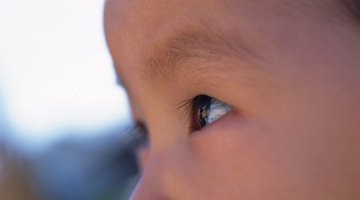The Typical Sequence of Motor Development in Infants
A child’s development flourishes during the first year of life, and at an incredibly quick rate. In what will seem like no time at all, you will see your baby take her first steps. As the old saying goes, babies must learn to crawl before they can walk, and there are other physical developmental milestones she needs to reach before she’ll be up and running. Remember that even though there is a sequential order of ability-development in infants, all babies are unique and reach milestones at their own pace.
Reflex
Your newborn baby’s earliest movements are mostly involuntary and happen out of reflex. He will suck at anything placed in his mouth, such as a nipple or a finger, for example, and squeeze his eyes shut when the light becomes bright. When baby startles, he’ll throw out his arms and legs in response, called the Moro reflex. Your baby’s Palmar Reflex enables him to clench his hand shut when something touches the inside of his palm. All of these reflexes are foundational to a child’s motor development.
Gross Motor Control
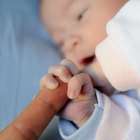
Infant Hand Grasp & Development
Learn More
Around your baby’s 3-month birthday, she’ll begin to demonstrate basic gross motor control, which is her ability to use her large muscles with purpose. Tummy time will help her to lift and hold her chest and head up from a downward lying position, and within a few months, she’ll be able to roll over on her own. Her core muscles will help her to sit upright with your help and then, around 6 months, unassisted. She’ll also begin to crawl sometime between 6 and 12 months.
Fine Motor Control
Baby’s ability to use and control the small muscles in her fingers will also develop over her first 12 months of life. Around 3 months, she’ll be able to grasp a rattle and other objects with purpose, and by 6 months, she’ll begin to actively reach for them. She’ll also play with her toes, move a toy from one hand to the other, shake a rattle and try to hold her own bottle during feedings.
Coordination

The Development of a 12 Week Old Baby
Learn More
By the time your child reaches his first birthday, he will have developed the ability to not only use and control his muscles, but also to coordinate his muscle movements to perform basic tasks. Gross motor coordination allows him to sit up on his own, crawl, pull himself up to a standing position and walk while holding your hand or, in some cases, by himself. He will use fine motor coordination to feed himself finger foods, grasp small objects with his fingers and play with smaller toys, such as blocks. Encourage activities which will help him practice eye-hand coordination, and dance play to promote gross motor control and coordination.


